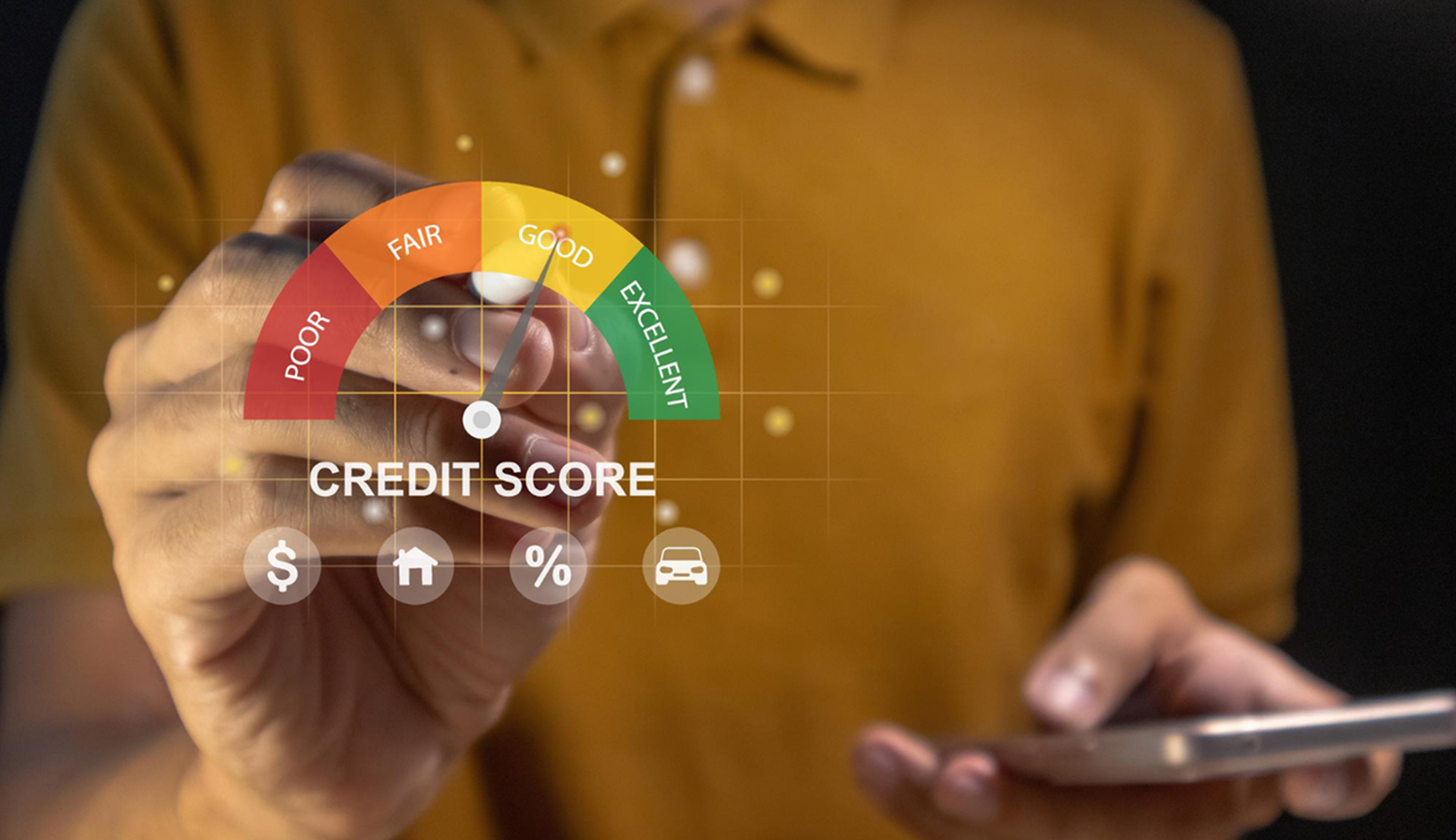
Access to credit remains one of the most significant barriers to financial inclusion worldwide. Traditional credit scoring models rely heavily on historical credit bureau data, which excludes millions of individuals who have thin or no formal credit history — often referred to as the "credit invisible." This exclusion perpetuates economic inequality, limiting access to loans, mortgages, and essential financial services.
However, a revolution is underway. The integration of alternative data and Artificial Intelligence (AI) into credit scoring models is reshaping how lenders assess risk and extending credit access to underserved populations. This blog explores how this innovation works, its benefits, challenges, and what it means for the future of financial inclusion.
What is Alternative Data in Credit Scoring?
Alternative data refers to non-traditional data sources that provide additional insight into an individual's creditworthiness. Unlike conventional data — such as credit card usage, loan repayment history, and outstanding debt — alternative data may include:
- Utility and rent payment histories
- Mobile phone payment records and usage patterns
- Social media activity and network analysis
- E-commerce transaction data
- Educational and employment records
- Geo-location and device data
- Behavioral and psychometric profiling
By leveraging these diverse datasets, lenders gain a more comprehensive understanding of an individual's financial behavior, often revealing creditworthiness where traditional data falls short.
The Role of AI in Processing Alternative Data
Alternative data is typically unstructured, vast, and noisy. This complexity makes it difficult to analyze using conventional statistical models. AI, especially machine learning (ML) and deep learning techniques, excels in identifying subtle patterns and relationships within complex datasets.
1. Feature Engineering and Selection
AI algorithms automatically extract meaningful features from raw alternative data — for example, detecting payment regularities from utility bills or interpreting social media sentiment. This process enables the creation of predictive variables that improve credit risk modeling.
2. Risk Prediction Models
Machine learning models like gradient boosting, random forests, and neural networks analyze engineered features to estimate default probabilities more accurately than traditional scoring systems. They continuously learn and adapt as new data arrives.
3. Explainability and Fairness
Advances in AI interpretability help ensure that models provide transparent credit decisions, addressing regulatory requirements and ethical considerations. Techniques like SHAP (SHapley Additive exPlanations) allow lenders to understand which data points most influence the score.
Benefits of Alternative Data and AI for Financial Inclusion
Integrating alternative data and AI-driven models delivers numerous benefits that extend financial services to traditionally marginalized populations:
- Broader Access to Credit: Individuals without conventional credit histories can demonstrate creditworthiness through alternative indicators.
- Reduced Default Rates: More accurate risk assessments decrease loan defaults, benefiting lenders and borrowers alike.
- Faster Loan Decisions: Automated AI models accelerate underwriting processes, enabling near real-time credit approvals.
- Lower Costs: Automation reduces operational expenses, allowing smaller loans with affordable rates to underserved groups.
- Encourages Responsible Borrowing: Transparent scoring models help educate consumers about financial behavior impacting creditworthiness.
Real-World Use Cases
Several fintech companies and financial institutions are already leveraging alternative data and AI to disrupt traditional credit scoring:
1. Tala
Tala uses mobile phone data, such as call records, text messaging patterns, and app usage, to build credit scores for millions of people in emerging markets like Kenya, the Philippines, and Mexico. Its AI models enable access to microloans for users with no prior banking history.
2. Upstart
Upstart’s AI-based lending platform evaluates education, job history, and credit bureau data to offer personal loans with better approval rates and lower interest costs compared to traditional lenders. Their approach has helped extend credit to consumers with limited credit records.
3. Petal
Petal Card issues credit cards based on cash flow data from checking accounts, eliminating the need for credit scores. Its AI algorithms analyze income and spending behavior to determine credit limits and rates responsibly.
Challenges and Ethical Considerations
While promising, this revolution faces challenges that must be addressed carefully:
- Data Privacy and Security: Collecting alternative data requires robust protections to safeguard sensitive information and comply with regulations such as GDPR and CCPA.
- Bias and Fairness: AI models trained on biased data can perpetuate discrimination. Continuous auditing and bias mitigation techniques are crucial.
- Regulatory Compliance: Financial regulators are still evolving frameworks for alternative data and AI in credit scoring, requiring close collaboration between innovators and policymakers.
- Transparency: Ensuring consumers understand how their data affects credit decisions builds trust and promotes responsible lending.
The Future of Credit Scoring and Financial Inclusion
The integration of AI and alternative data marks a paradigm shift in credit scoring, enabling fairer, faster, and more inclusive lending. As AI capabilities improve and data sources diversify, we expect even more nuanced and personalized credit assessments.
Emerging trends such as decentralized finance (DeFi), blockchain-based identity verification, and open banking APIs will further democratize access to credit and financial products globally.
“Innovative AI models powered by alternative data have the potential to unlock financial services for billions of people, turning credit from an exclusive privilege into a universal right.” — World Economic Forum
Conclusion
The credit scoring revolution driven by alternative data and AI is accelerating financial inclusion worldwide. By overcoming the limitations of traditional credit models, these technologies empower millions with access to credit and economic opportunity.
For financial institutions, embracing these innovations means not only reaching untapped markets but also improving portfolio performance through more accurate risk assessment. For consumers, it means the chance to build credit histories and achieve greater financial stability.
As this revolution advances, ongoing collaboration among technologists, regulators, and advocates will be vital to ensuring that credit scoring becomes more equitable, transparent, and secure.




